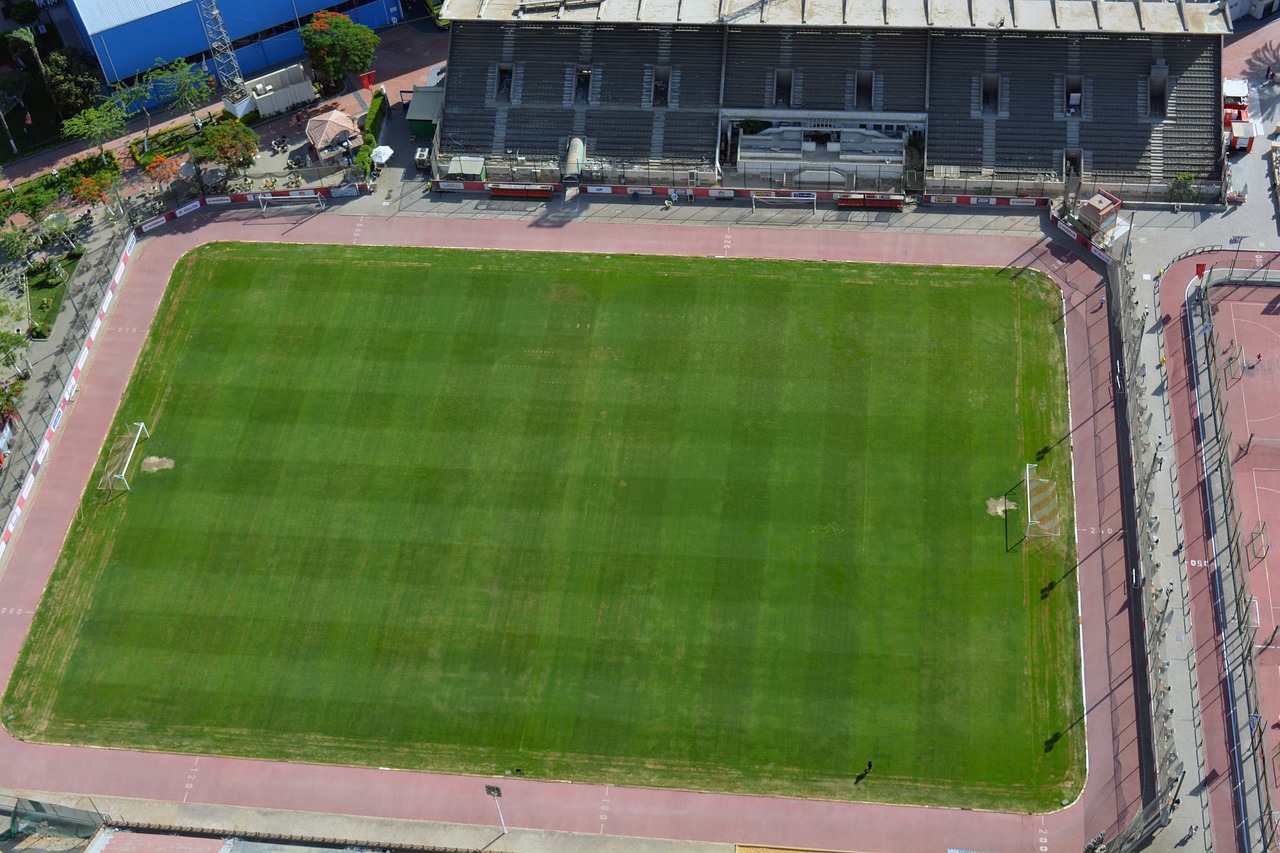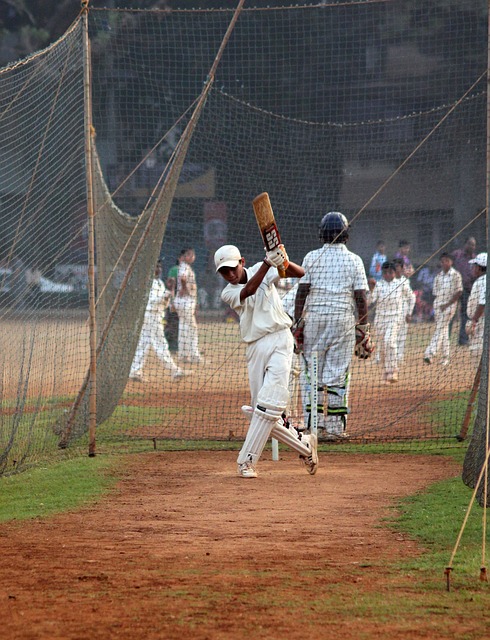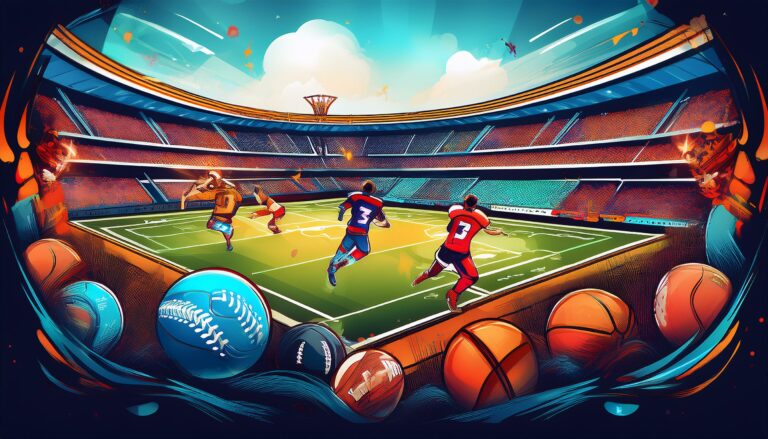Legal Implications of Using Drone Technology in Cricket Broadcasting: Privacy and Surveillance Laws: 11xplay, India 24 bet login registration, Skyiplay
11xplay, india 24 bet login registration, skyiplay: The use of drone technology in cricket broadcasting has brought about significant advancements in how matches are captured and broadcasted to the audience. From providing aerial views of the field to capturing close-up shots of players in action, drones have revolutionized the way fans experience the game. However, with this technological innovation comes a set of legal implications that broadcasters and operators need to consider, particularly concerning privacy and surveillance laws.
Privacy Concerns:
One of the primary concerns surrounding the use of drones in cricket broadcasting is the issue of privacy. Drones equipped with high-definition cameras can capture footage of players, spectators, and surrounding areas without their consent. This raises questions about the extent to which individuals have a right to privacy when attending or participating in a cricket match.
Under most privacy laws, individuals have a reasonable expectation of privacy in certain settings, such as their homes or private properties. However, in a public setting like a cricket stadium, the expectation of privacy may be diminished. Nevertheless, broadcasters and drone operators must be mindful of capturing sensitive or intimate moments that could infringe upon individuals’ privacy rights.
Surveillance Laws:
In addition to privacy concerns, the use of drones in cricket broadcasting also implicates surveillance laws. In many jurisdictions, the operation of drones equipped with cameras is subject to regulations governing surveillance activities. These laws typically require operators to obtain consent from individuals before recording or monitoring them, especially in situations where they have a reasonable expectation of privacy.
Furthermore, drone operators must comply with restrictions on where and how drones can be flown, as well as limitations on the use of recorded footage. Failure to adhere to these regulations could result in legal consequences, including fines or penalties for violating surveillance laws.
FAQs:
Q: Are there any specific regulations governing the use of drones in cricket broadcasting?
A: While regulations vary by jurisdiction, many countries have established rules and guidelines for the operation of drones, particularly those equipped with cameras. Operators should familiarize themselves with these regulations and ensure compliance to avoid legal issues.
Q: What steps can broadcasters take to address privacy concerns when using drones in cricket broadcasting?
A: To mitigate privacy risks, broadcasters can implement measures such as obfuscating faces or blurring sensitive areas in captured footage, obtaining consent from individuals before filming, and adhering to best practices for drone operation.
Q: How can drone operators ensure compliance with surveillance laws when capturing cricket matches?
A: Drone operators should stay informed about the latest regulations governing surveillance activities, obtain necessary permits or licenses for drone operation, and respect individuals’ privacy rights by avoiding intrusive or unauthorized filming.
In conclusion, while the use of drone technology in cricket broadcasting offers numerous benefits, it also raises important legal considerations regarding privacy and surveillance. By being mindful of these implications and taking proactive steps to comply with relevant laws and regulations, broadcasters and operators can harness the power of drones while respecting individuals’ rights and privacy.







